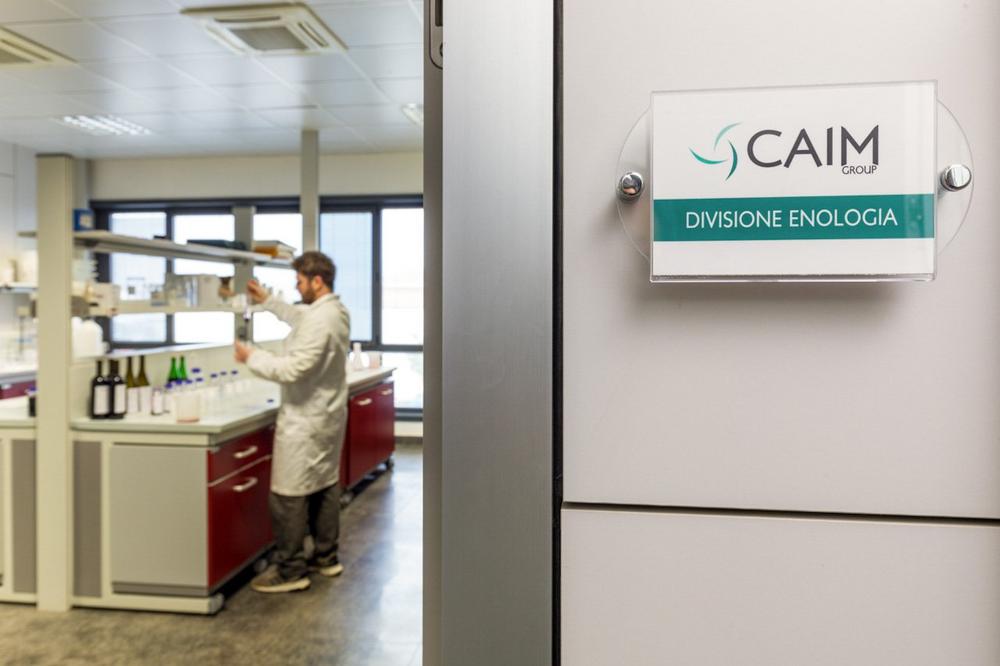The lactic bacteria involved belong to four genera: Oenococcus, Leuconostoc, Lactobacillus and Pediococcus.
The products of MLF include lactic acid and subsequently molecules which describe the scent of butter, yogurt and hazelnut.
MLF can be metabolically divided into three very specific phases:
- Cell development: the bacterium begins to develop
- 1st phase: the bacterium uses malic acid transforming it into lactic acid
- 2nd phase: the bacteria use citric acid as an energy source, producing diacetyl
The chemical-physical parameters that regulate the growth of lactic bacteria in wine are pH, temperature, sulfur dioxide and ethanol.
Detection and control of Malolactic Fermentation
Modern methods of MLF control are based on the analysis of the two organic acids involved in this process, malic acid, and lactic acid. The main methods to determine their presence in wine are enzymatic analysis and HPLC analysis.
Spontaneous malolactic ferments can produce unwanted products that devalue the organoleptic characteristics of the wine. Various harmful molecules such as acetic acid and biogenic amines derive from the metabolism of bacteria.
The main organoleptic alterations deriving from the uncontrolled development of lactic bacteria are:
- The bitter taste and the increase in volatile acidity can be attributed to wines with a low alcohol and sulfur content.
- Mousiness is to be attributed to the degradation of some amino acids.
- Biogenic amines (AB) produced by the metabolism of amino acids.
Some AB, such as cadaverine or putrescine, have a repellent odor, while others, such as histamine and tyrosine, are tasteless and can cause food poisoning.
Lactic acid bacteria produce AB starting from the amino acids present in wine. The production of these molecules is not the same for all strains of bacteria.
Currently, there are no maximum limits to be respected regarding their concentration within the wine.
C.A.I.M. Laboratory (Follonica, Italy) is ACCREDIA certified according to the UNI CEI EN ISO / IEC 17025 standard. For the identification of AB, the accredited analytical technique is OIV-MA-AS315-26: 15 using high-performance liquid chromatography with diode series detector (HPLC-DAD). LOQ 0.1 g / l.
For more information on the subject, please contact us at info@caimgroup.it
About Centro Analisi C.A.I.M.
The C.A.I.M. Analysis Laboratory was founded as an oenological laboratory in 1981. Subsequently, in addition to expanding the operations of the laboratory to all food and environmental matrices, C.A.I.M. expanded the activity by providing consulting and training services. The main activity of C.A.I.M. however remains the laboratory, by now one of the most important ones in Italy in the oenological sector and an excellent reference for other sectors.
Tentamus Group GmbH was founded in 2011. Tentamus is a global product and safety group with a core presence in Europe, UK, Israel, China, Japan, India and the USA. Accredited and licensed Tentamus Group tests, audits and consults on all products involving the human body (food & feed, pharmaceuticals & medical, agrosciences, cosmetics, agriculture & environment and nutraceutical & supplements). Tentamus Group is represented in over 90 locations worldwide. More than 4,000 highly-trained staff members work in over 3 million square feet of laboratory and office spaces. For further information please visit www.tentamus.com.
Tentamus Group GmbH
An der Industriebahn 26
13088 Berlin
Telefon: +49 (30) 206038-230
Telefax: +49 (30) 206038-190
http://www.tentamus.com
Telefon: +39 0566 54162
E-Mail: info@caimgroup.it
![]()

